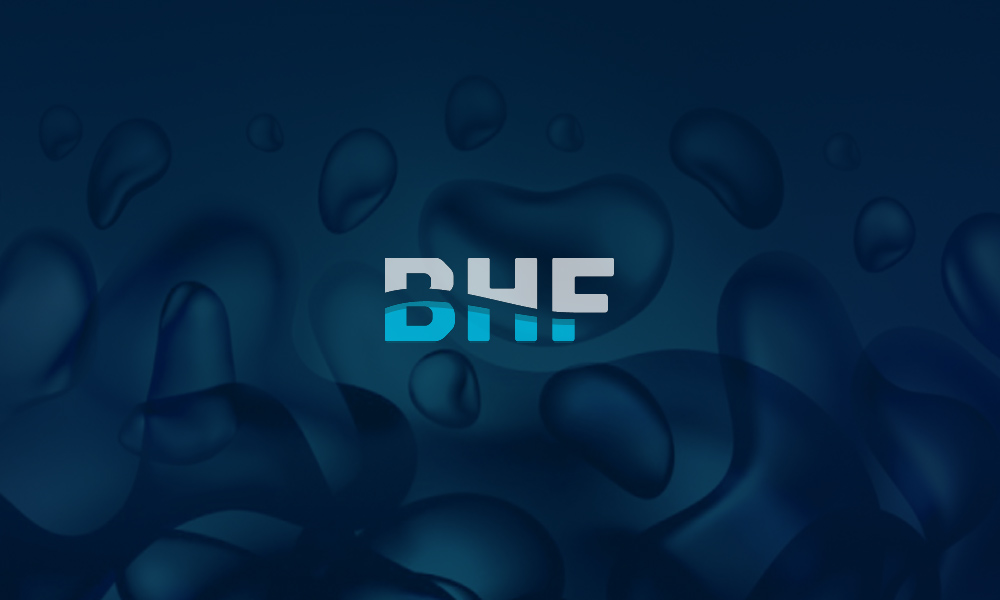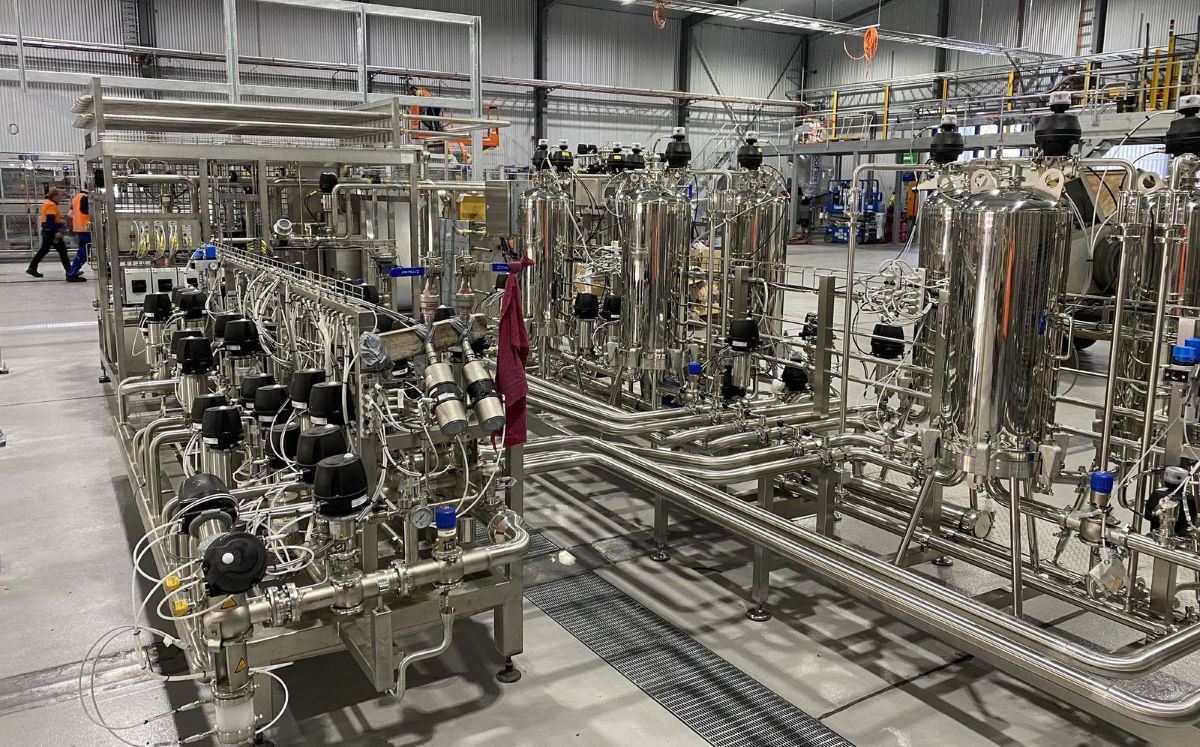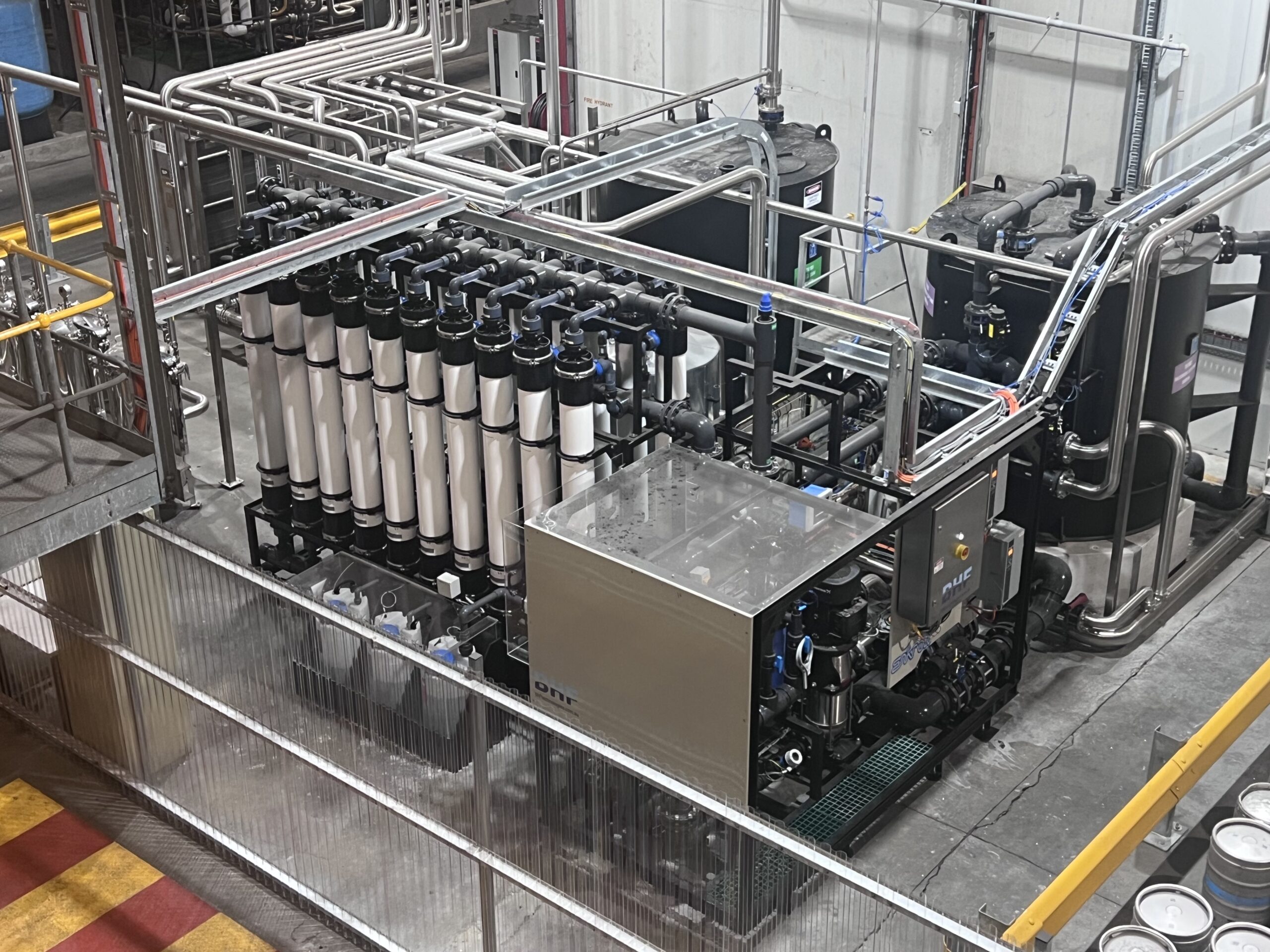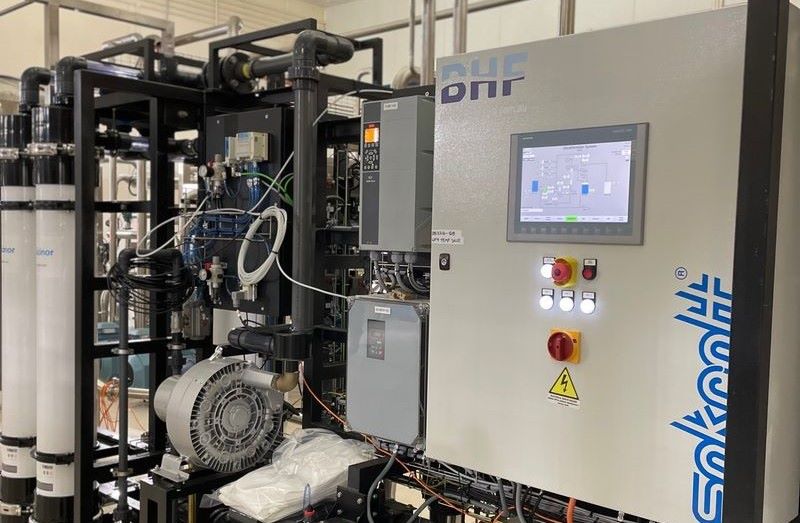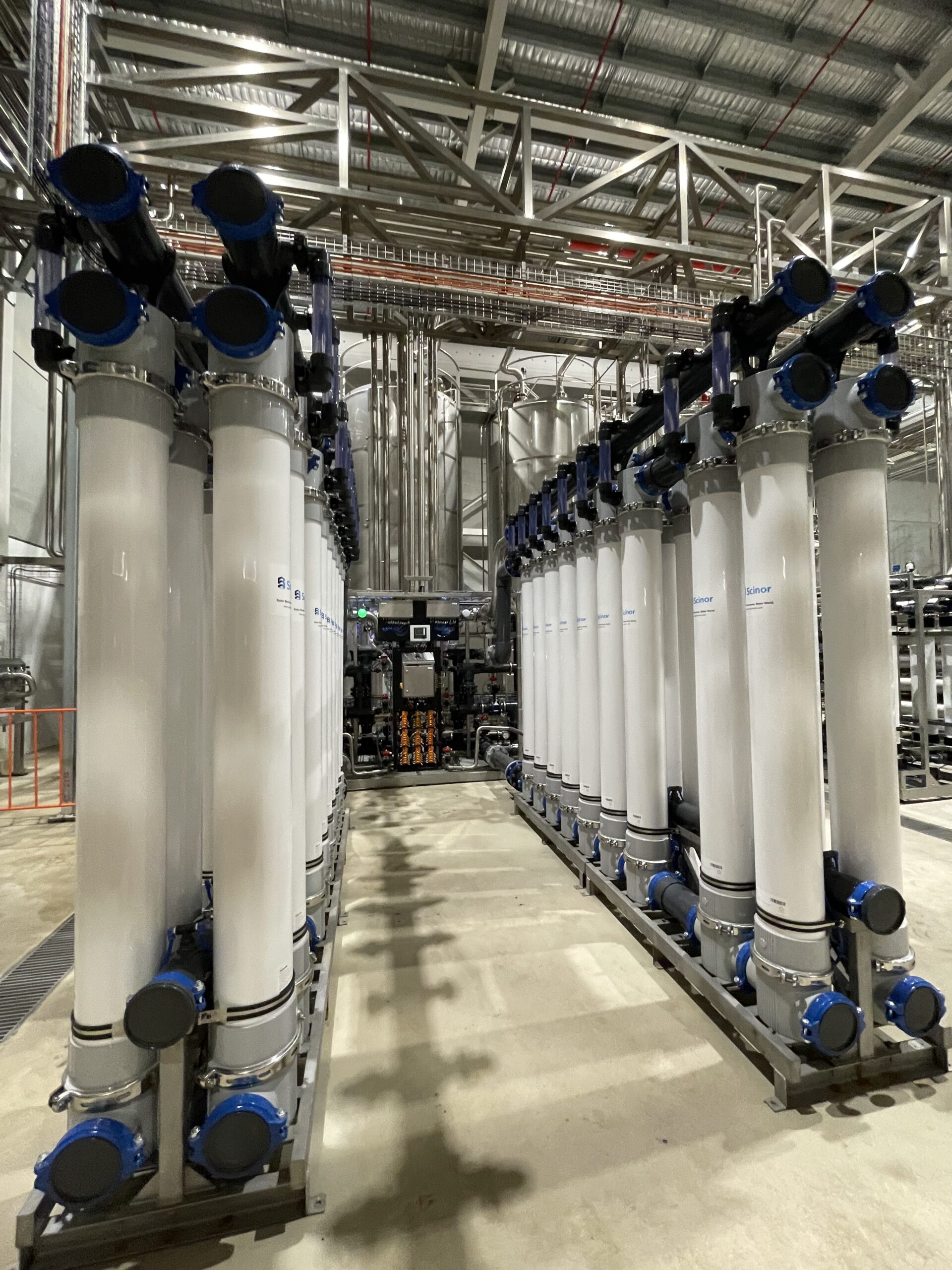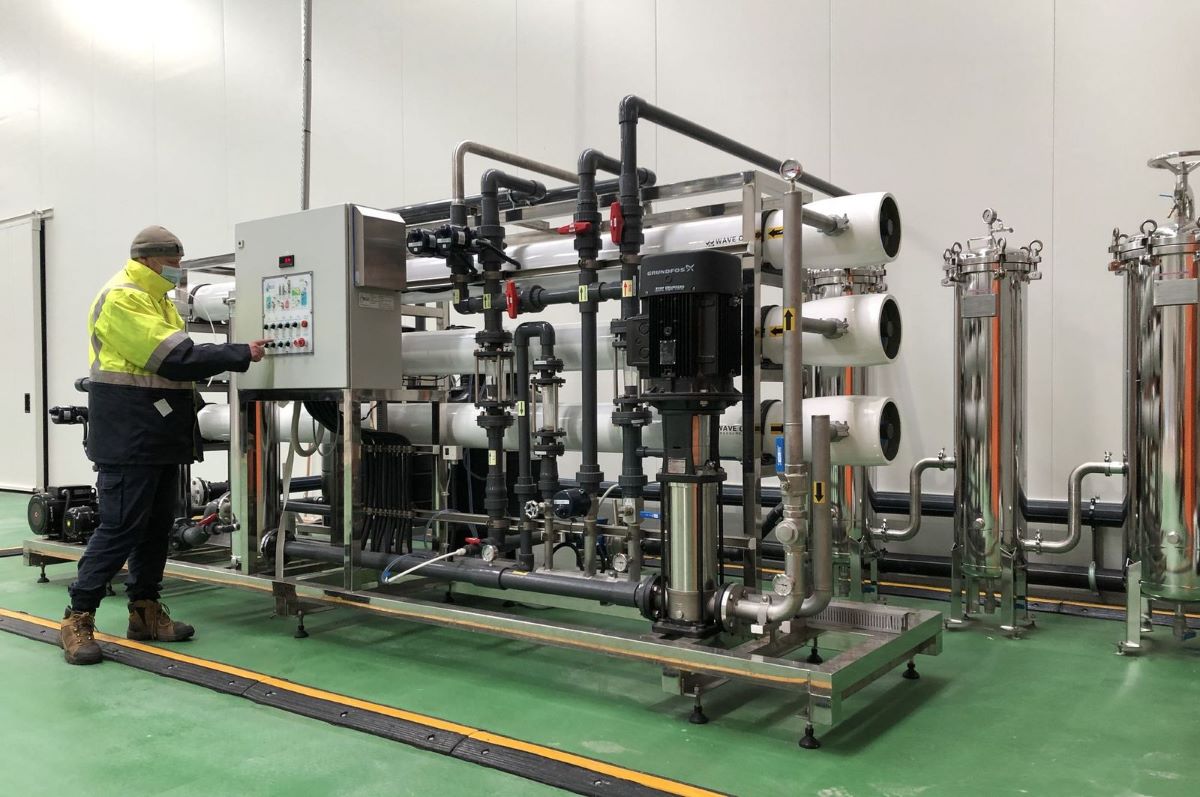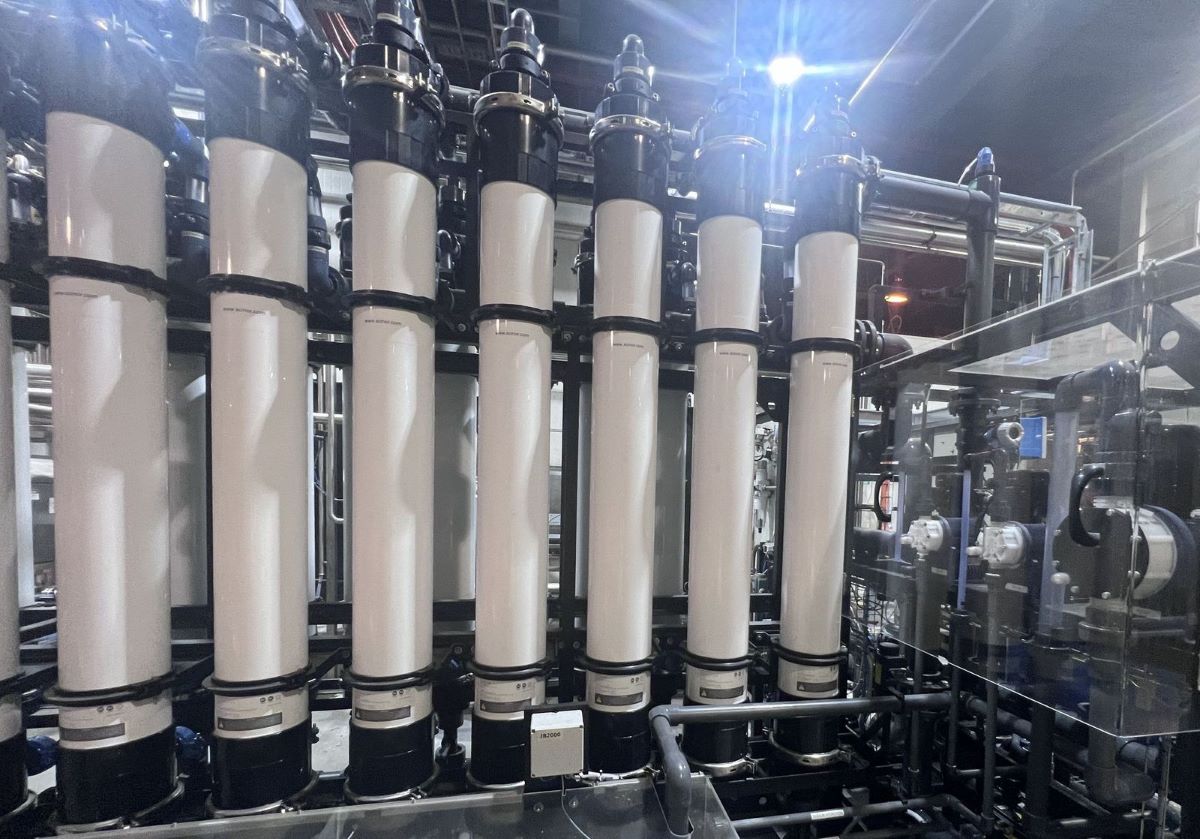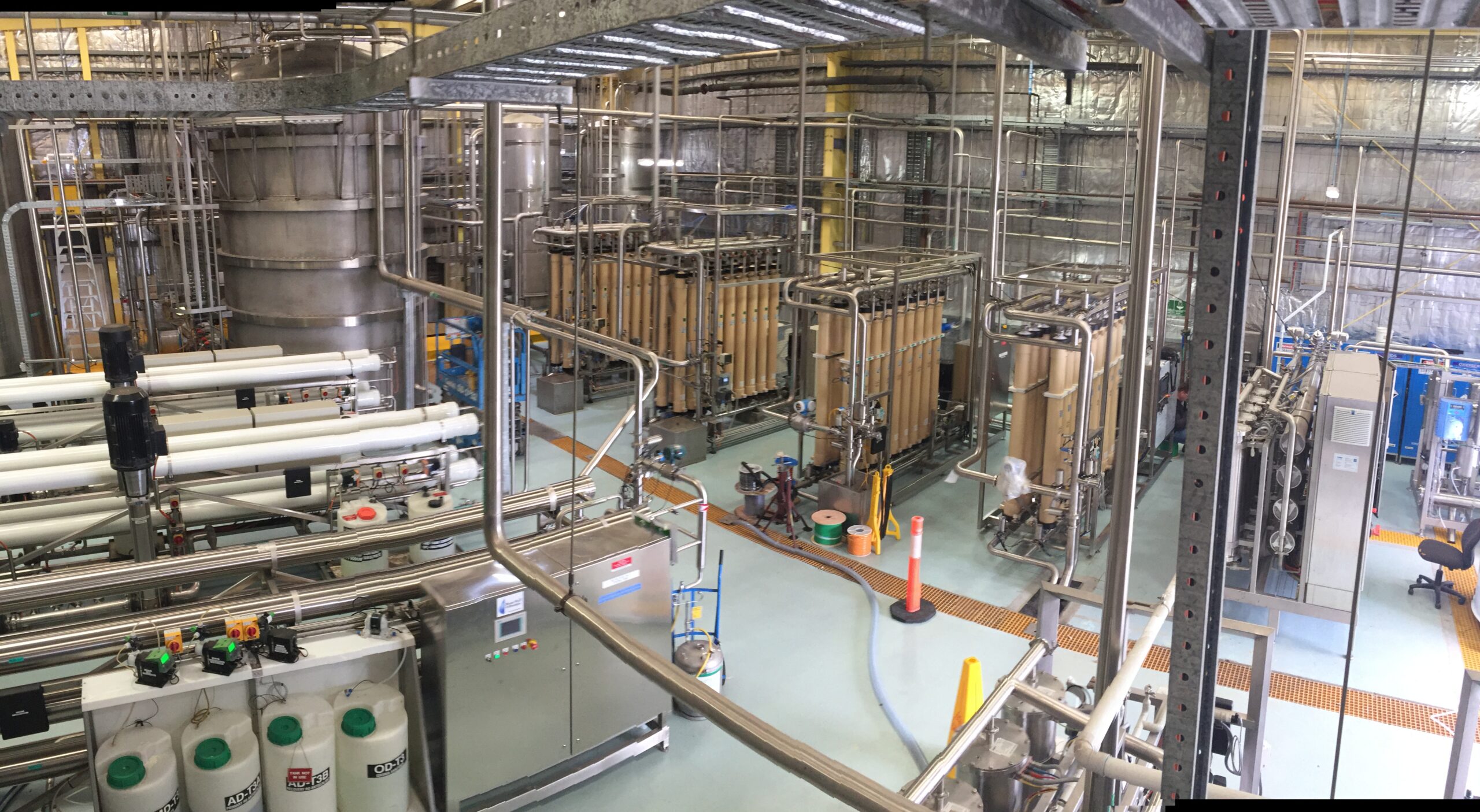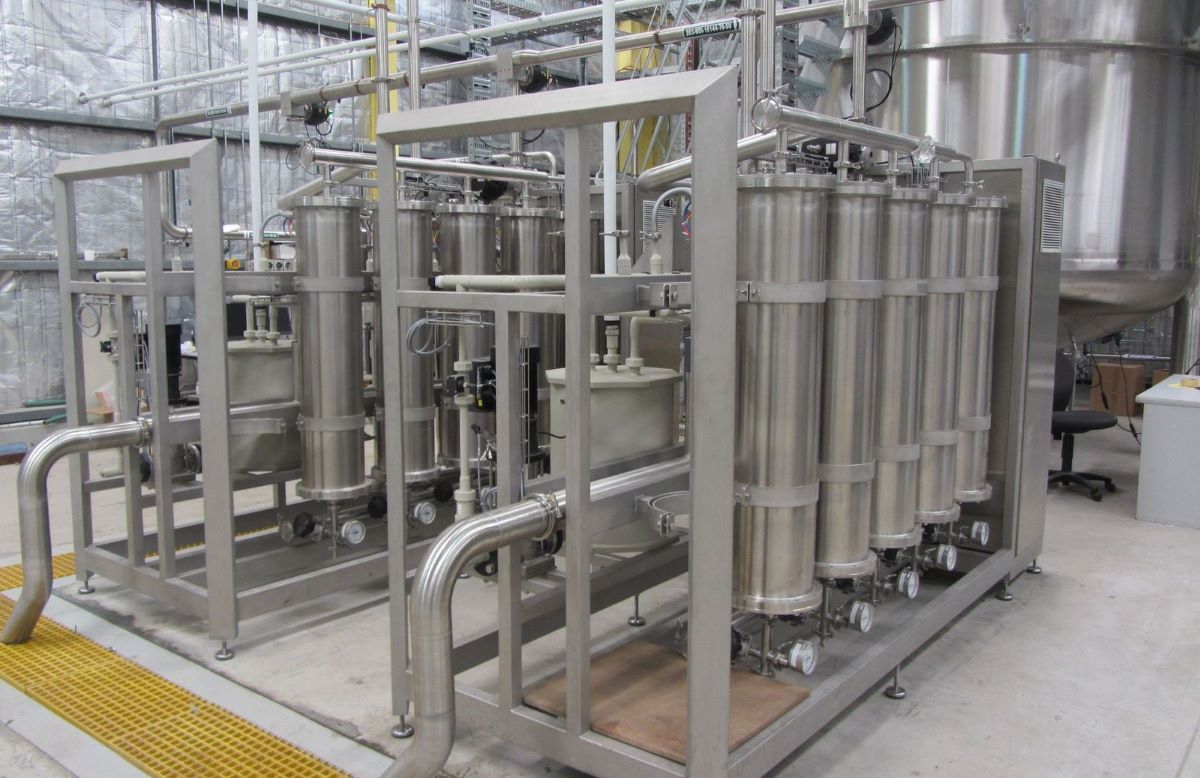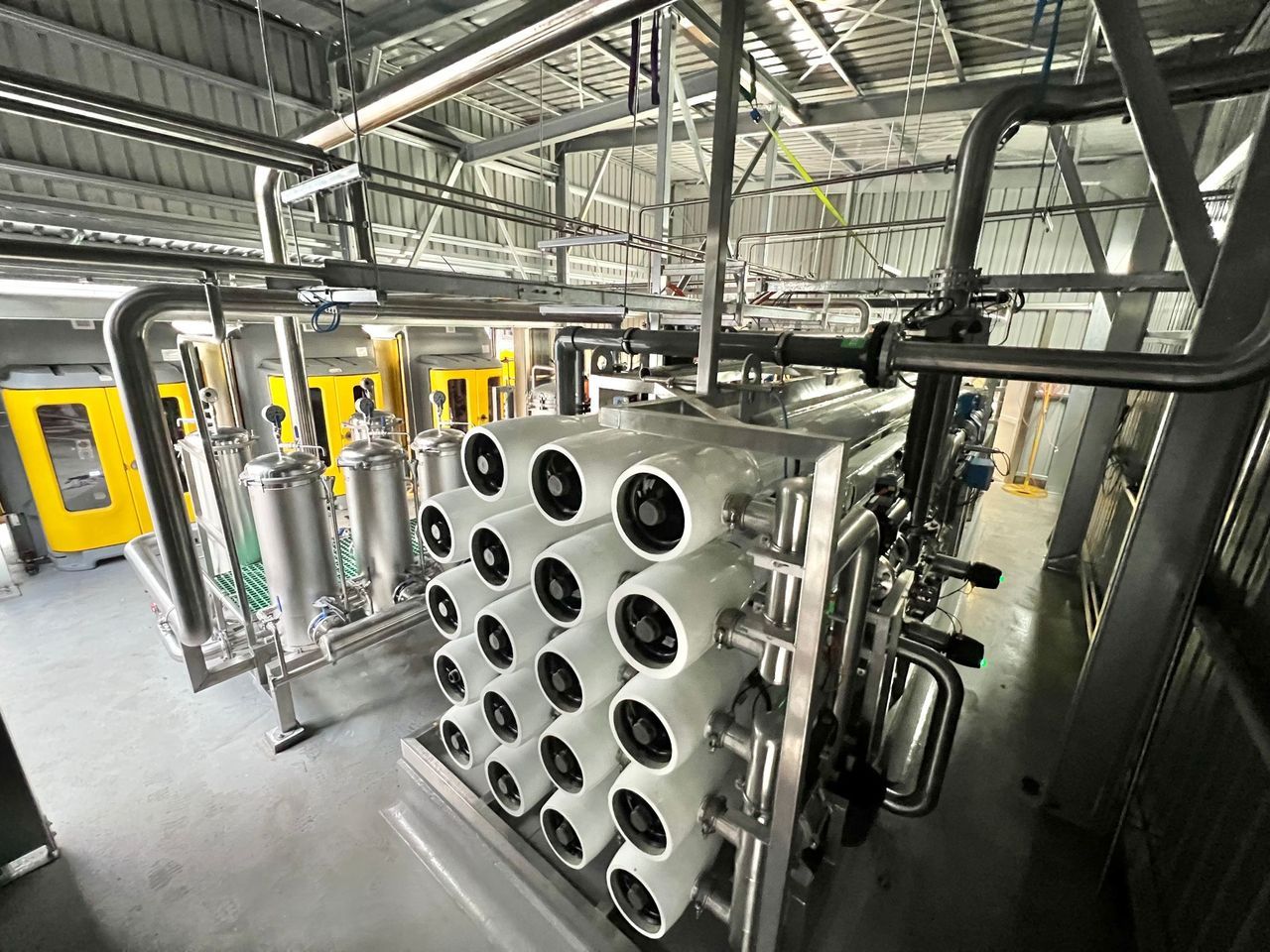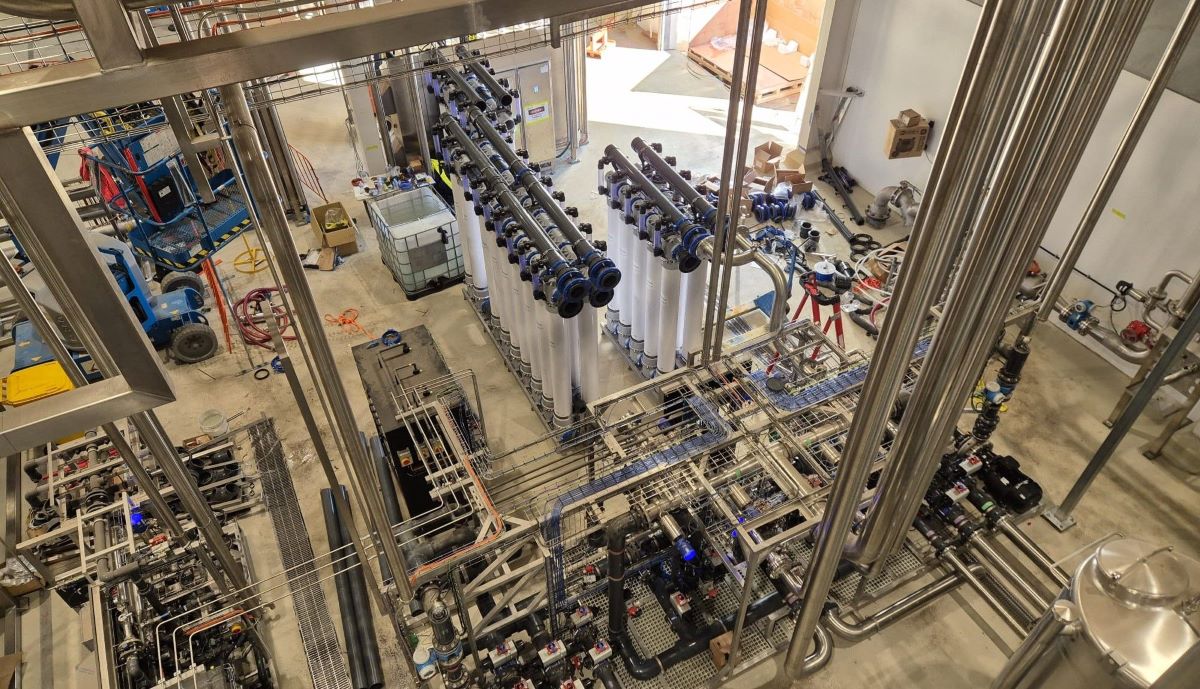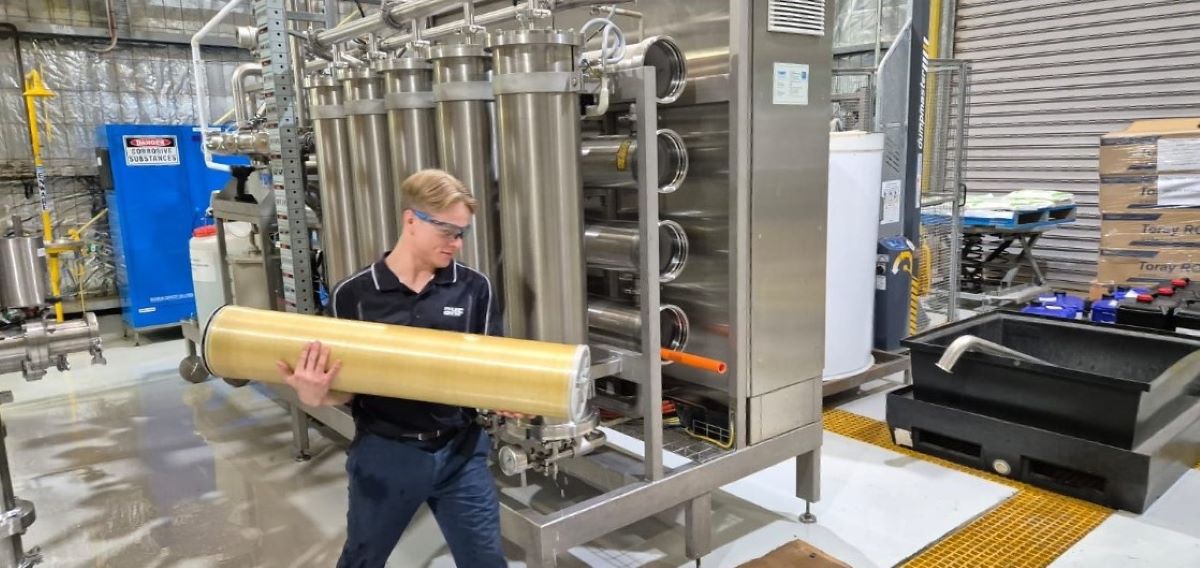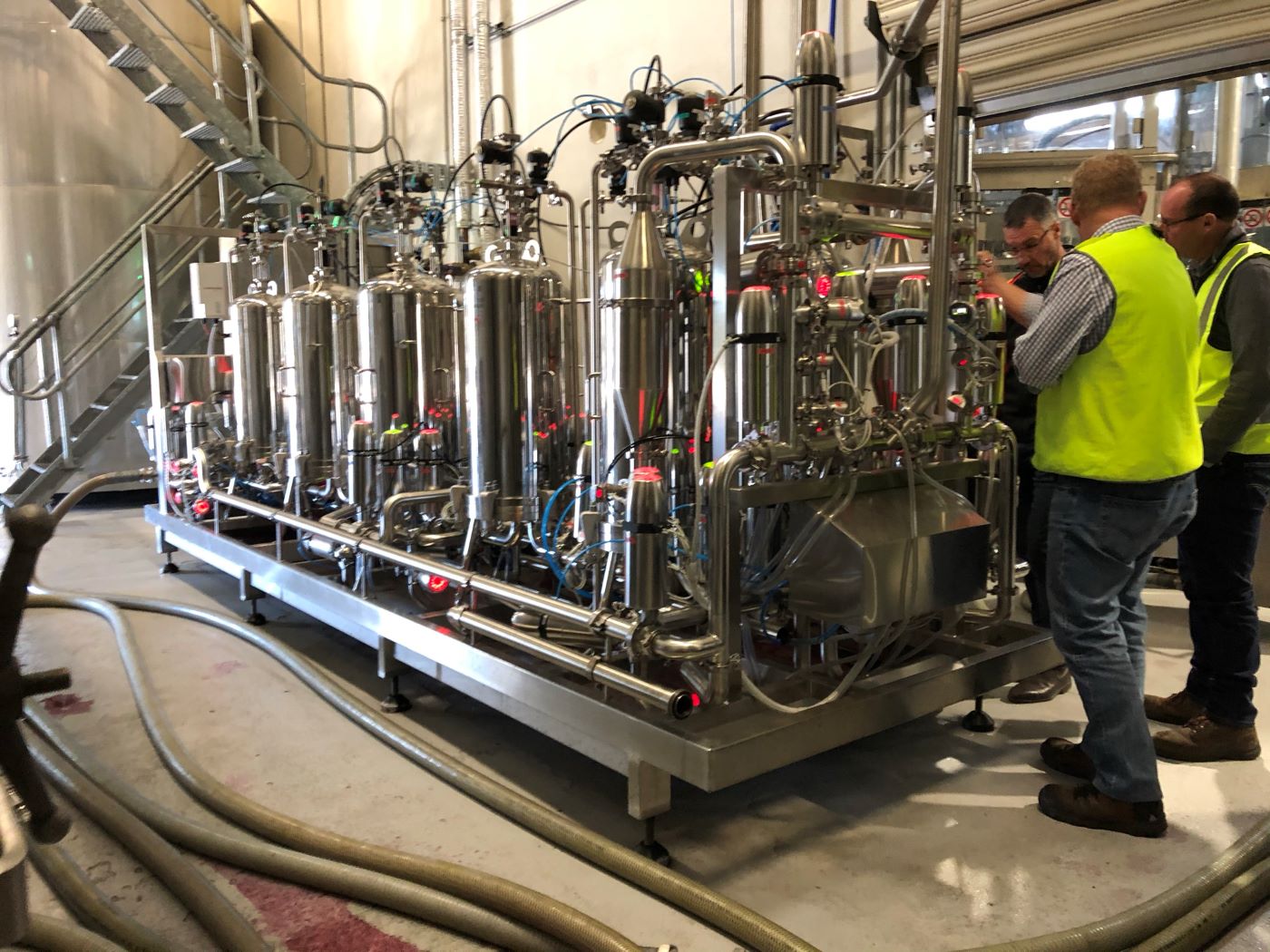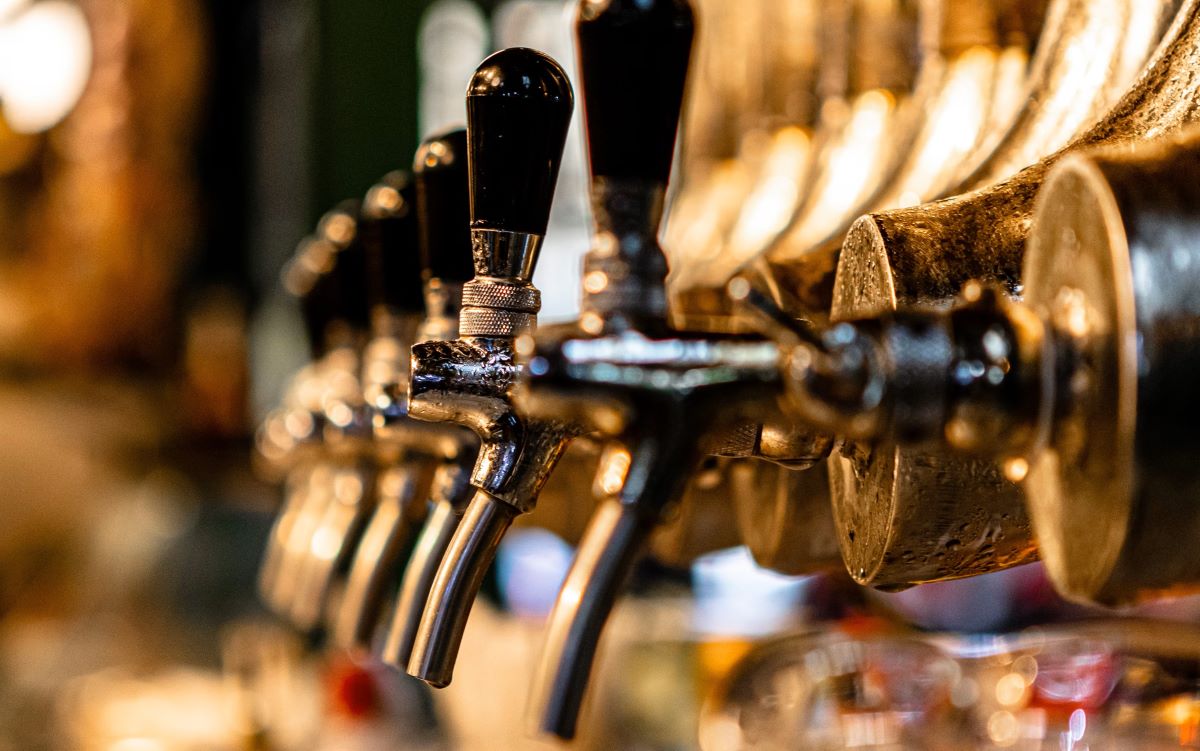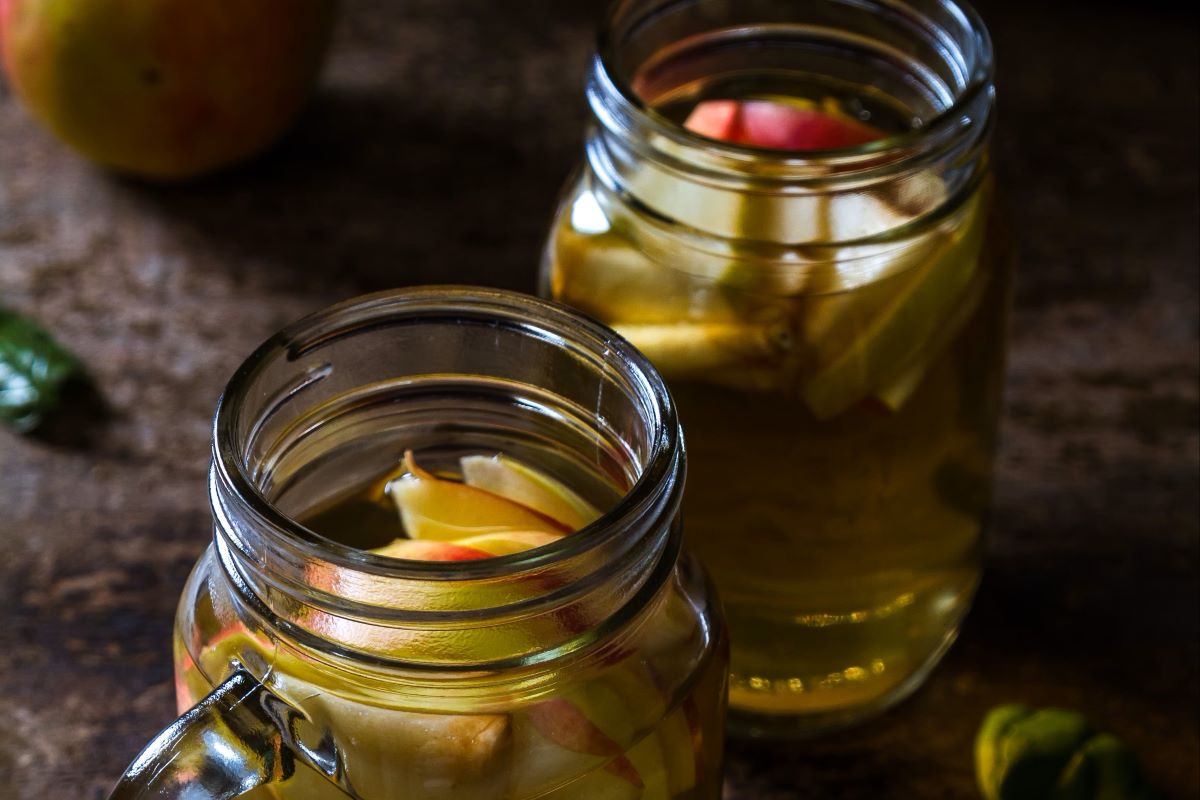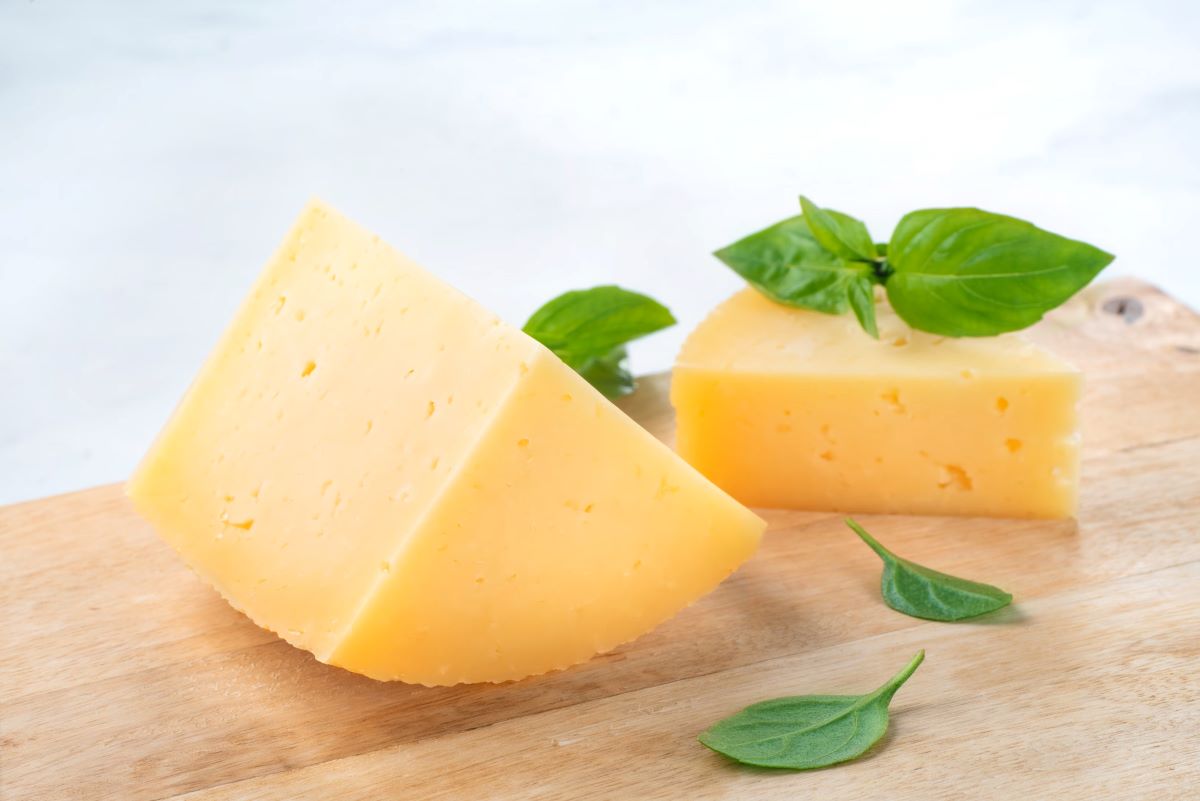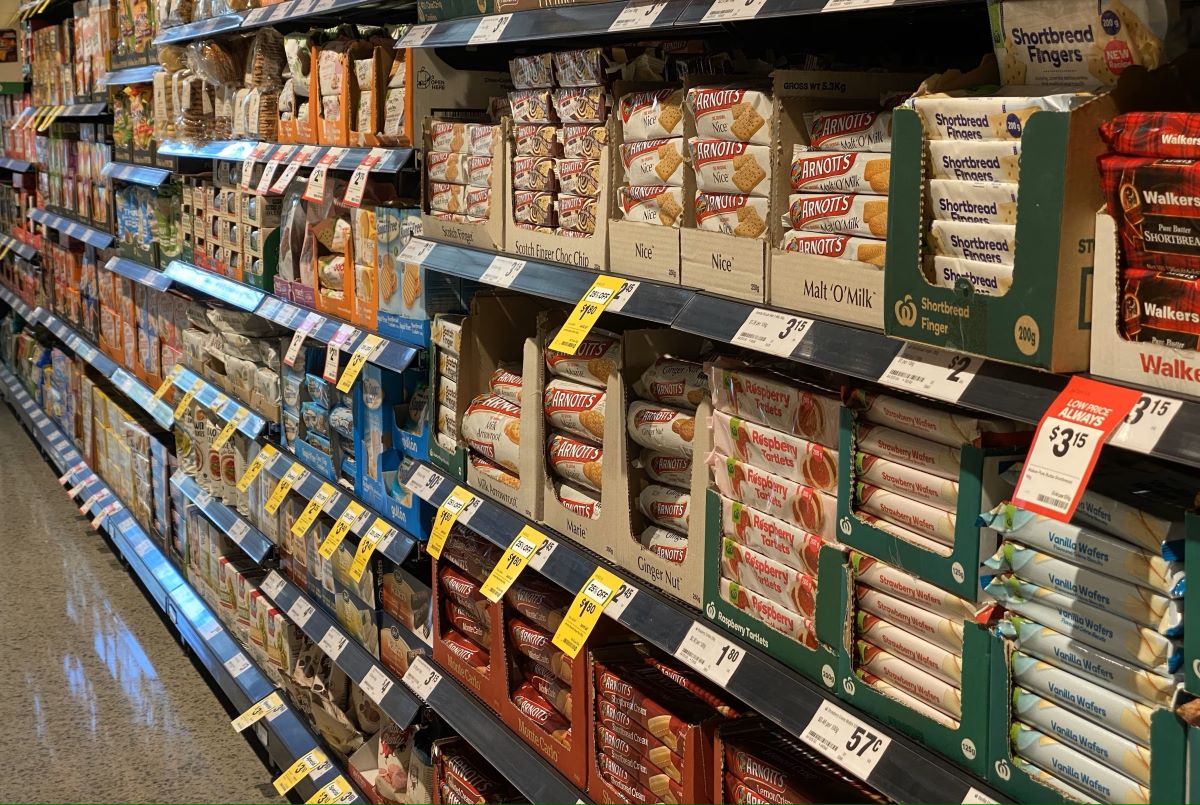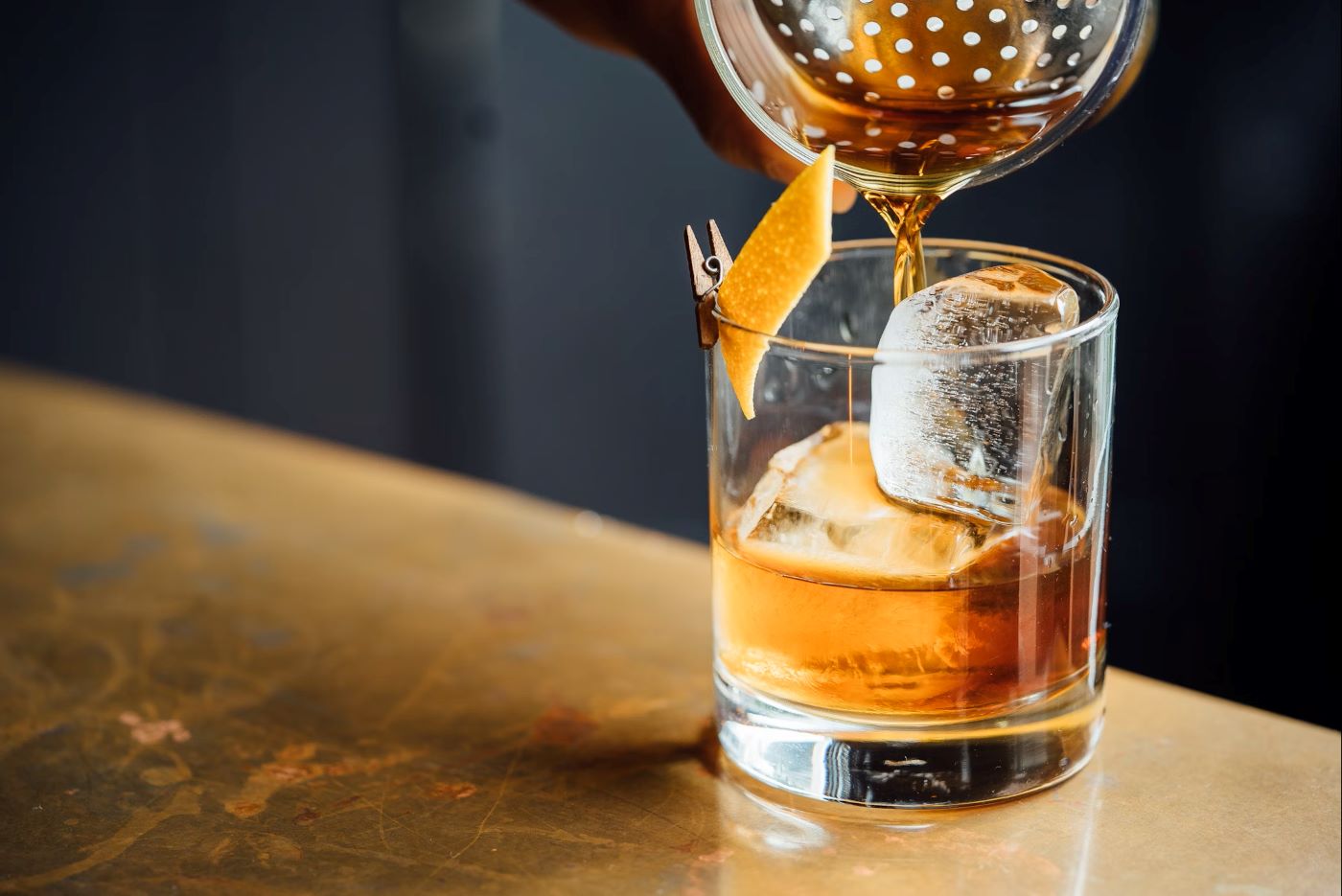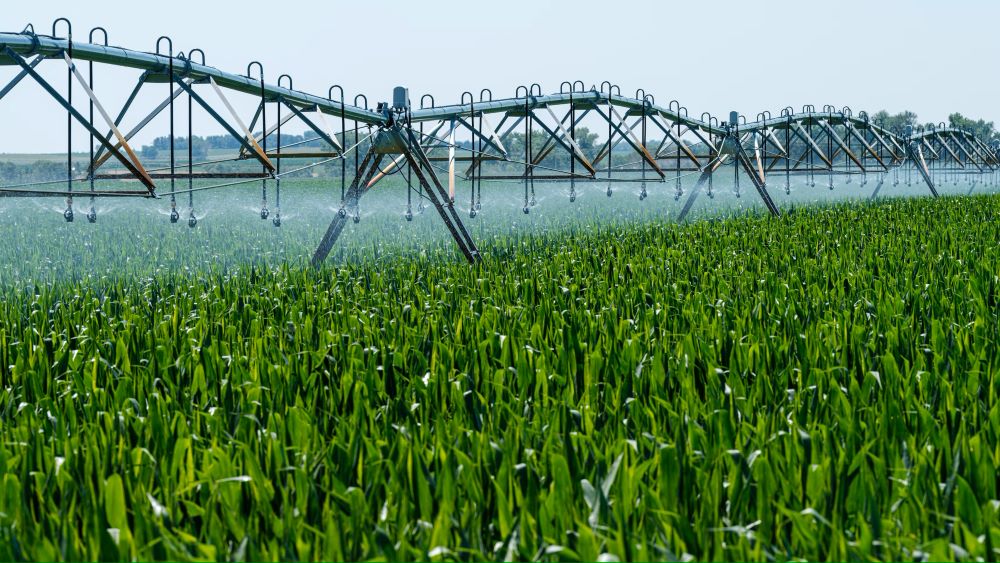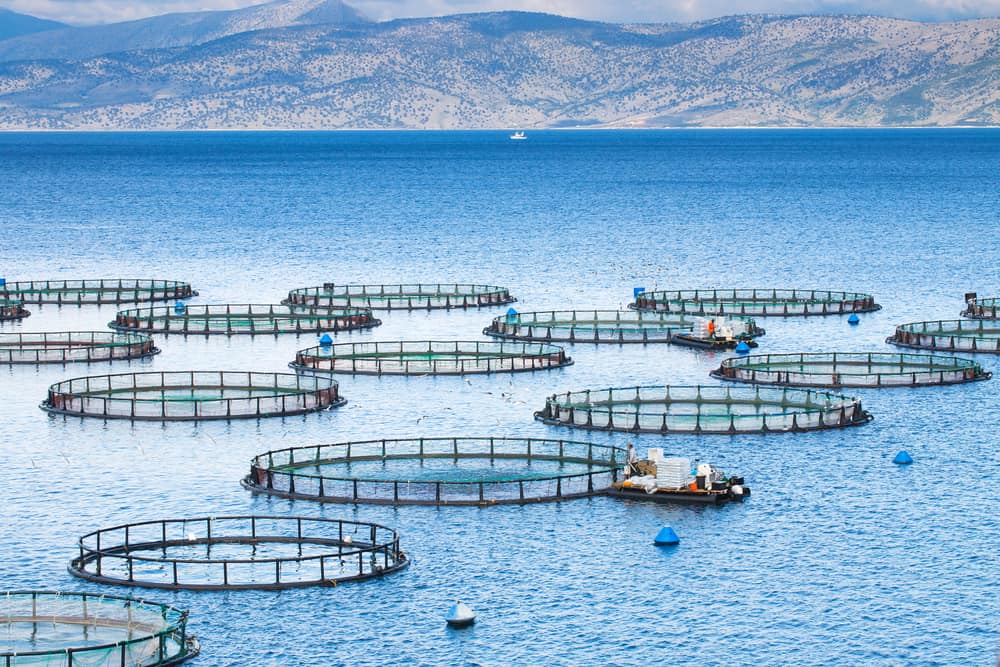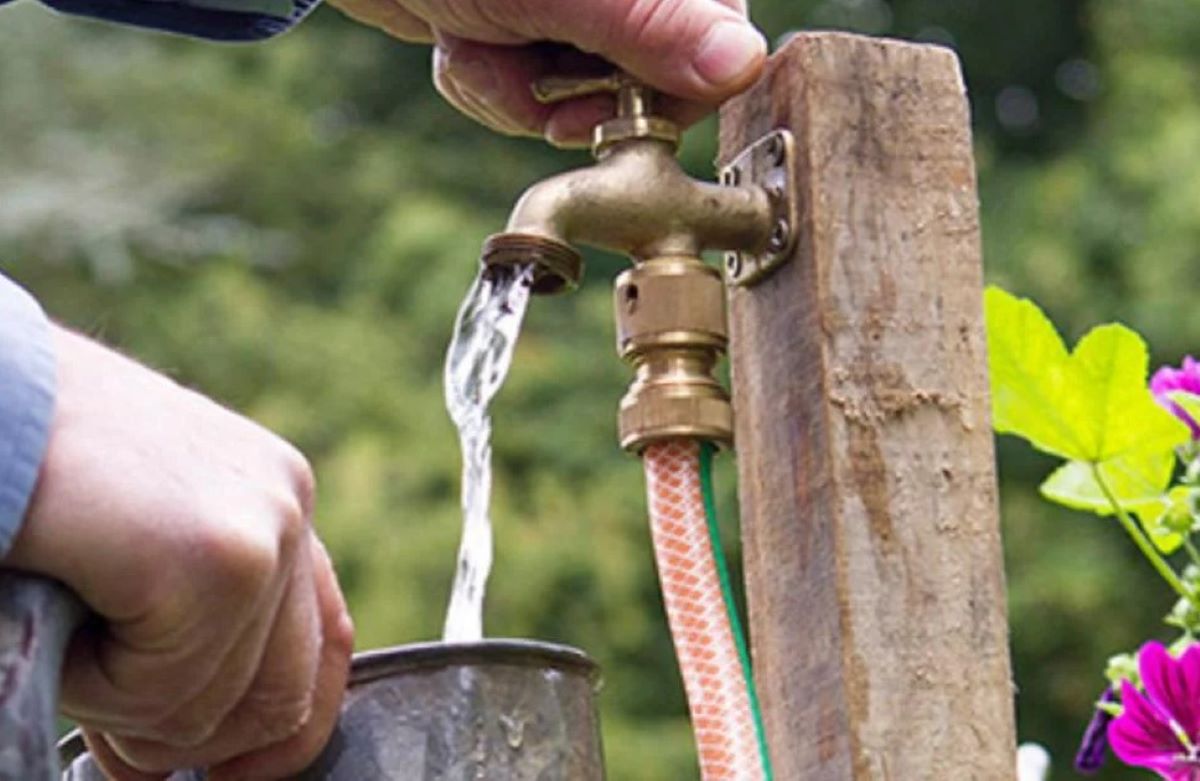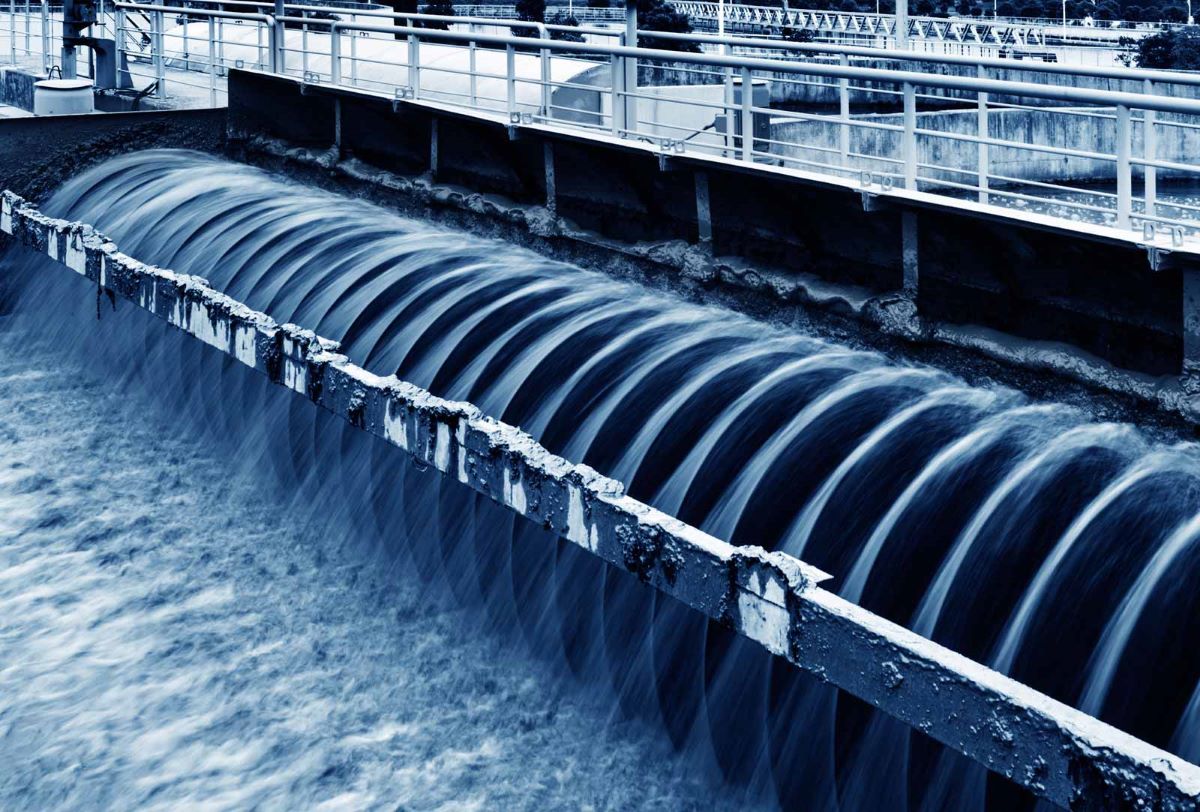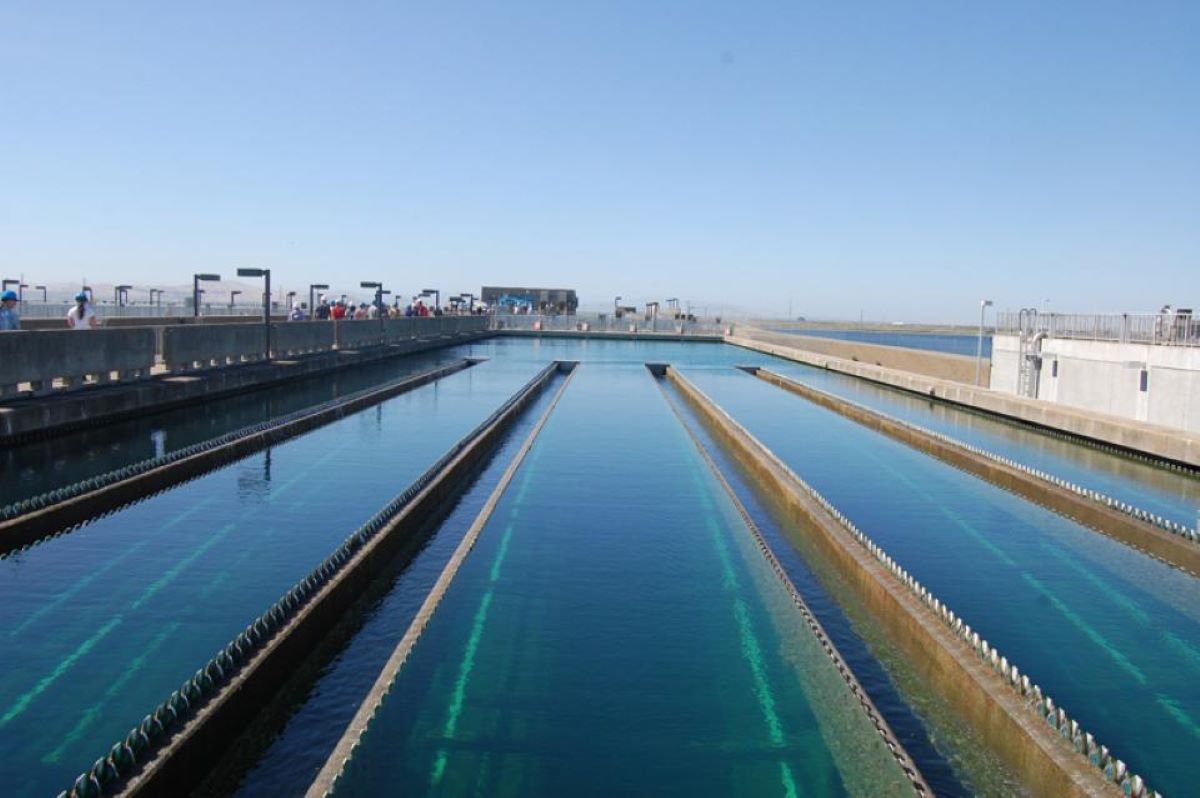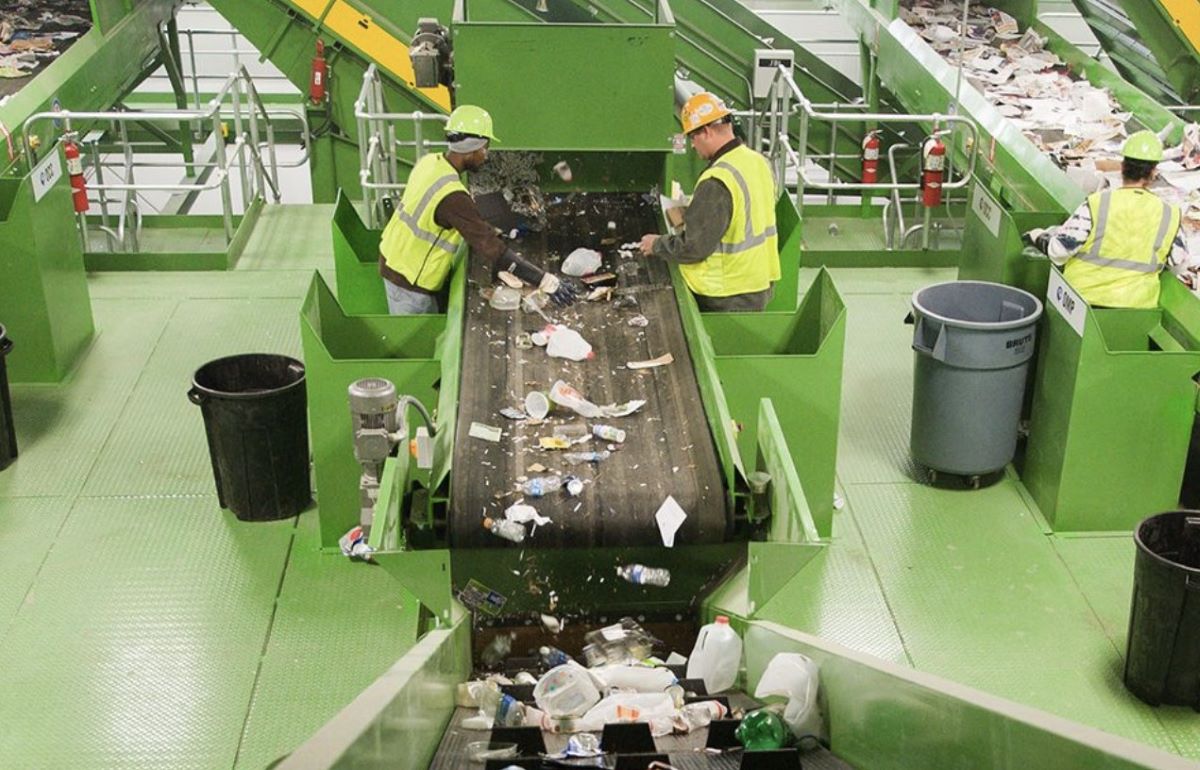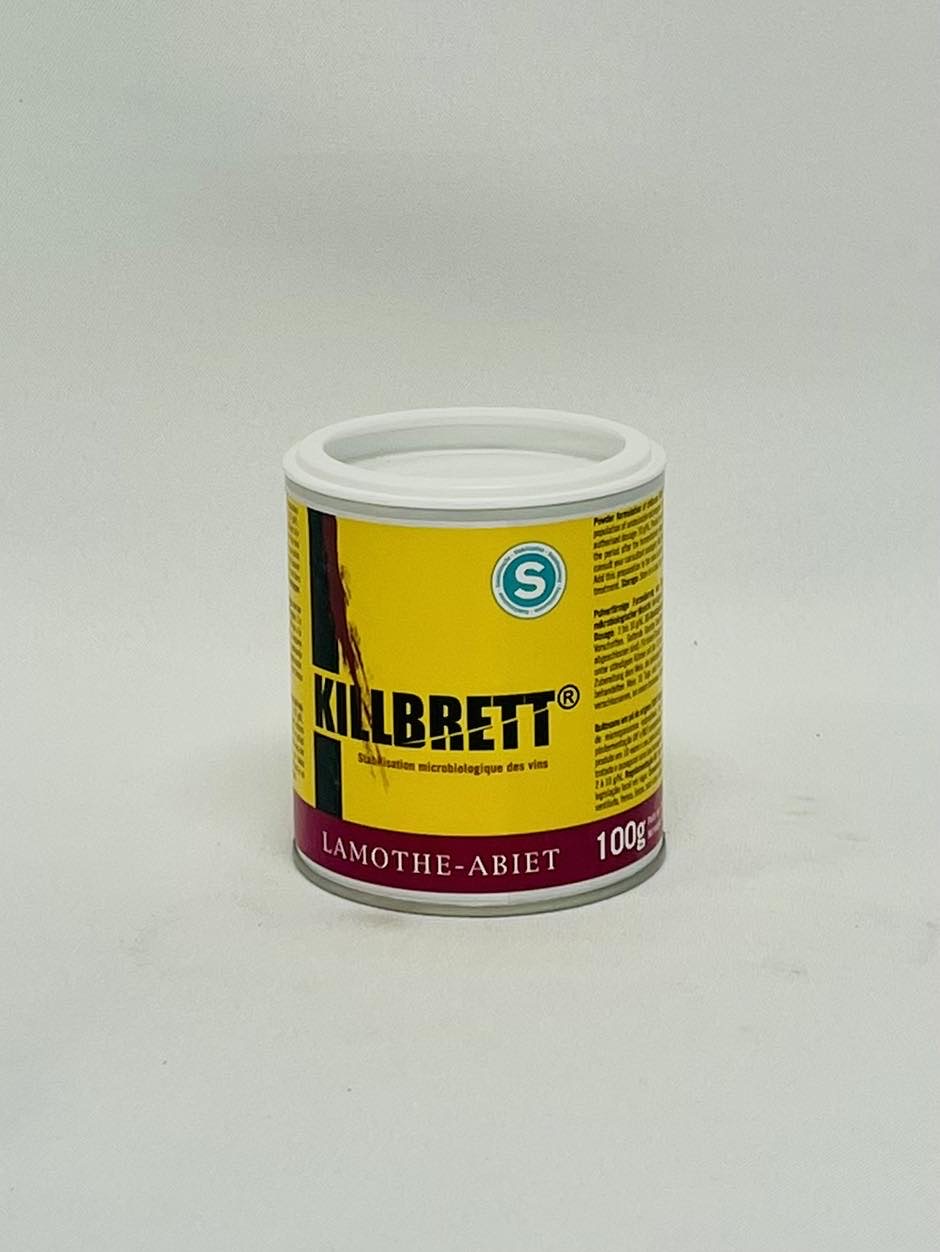Stab K
Liquid formulation of mannoproteins selected for their capacity to inhibit the nucleation of potassium tartrate and calcium bitartrate salts. Stab K® is a natural alternative for tartaric stabilization of wines.
Technical Specifications
PHYSICAL
- Appearance & colour: Brown solution
- Dry residue: > 10%
- Ashes: < 8%
CHEMICAL
- SO2 (E220): 2.25 g/L ± 0.25
- Mannoproteins: 15%
- Polysaccharides: > 600 g/kg
LIMITS
- Lead: < 5 mg/kg
- Mercury: < 0.15 mg/kg
- Arsenic: < 1 mg/kg
- Cadmium: < 0.5 mg/kg
- Heavy metals (in Ld): < 30 mg/kg
MICROBIOLOGICAL
- Aerobic mesophile germs: < 104 UFC/g
- Staphylococcus aureus: Absence/g
- Coliforms: < 10 UFC/g
- E.coli: Absence/25 g
- Salmonella: Absence/25 g
- Lactic bacteria: < 104 UFC/g
- Yeasts: < 102 UFC/g
- Mould: < 50 UFC/g
Features and Benefits
- Formulation: Solution of MP40 mannoproteins extracted from Saccharomyces cerevisiae. Contains sulphites (E220).
- Enological benefits:
- Produced using an optimized enzymatic extraction process, Stab K®’s liquid formulation combines effectiveness and ease of use. The specific mannoproteins in Stab K® inhibit potassium tartrate crystal formation, offering a natural and lasting solution for tartaric stabilization in top-quality wines. It mimics the effect of on-lees maturation and does not require large amounts of energy.
- Stab K® serves as an alternative to other inhibitory or subtractive treatments, maintaining the wine’s natural and lasting balance without affecting its organoleptic qualities (acidity, color, aromas, etc.).
- Benefits of using Stab K® during maturation: For most wines, the production schedule and winery insulation do not naturally achieve tartrate stability through lees aging. Stab K® helps reach the stability threshold, mimicking the natural effects of on-lees aging for a gentler treatment of top-quality wines.
- Benefit of Stab K® on red wines: Unlike other tartrate stabilization techniques, Stab K® also contributes to the stabilization of color matter.
- Benefits of Stab K® for white or rosé wine stabilization: It does not form hazes with tannins or proteins and serves as an alternative to CMC for stabilizing difficult white or rosé wines.
Product Applications
Use on wines ready for bottling (after fining, racking, blending, and protein and color stabilization). Add directly to the wine to be treated, at least 24 hours before bottling, and ensure good homogenization. No other treatment should be carried out afterward except for stabilizer adjustments (SO2, ascorbic acid, gum Arabic) at the time of bottling.
Recommended dosage: 5 to 20 cL/hL. Proceed with a preliminary trial on a wine sample to determine the correct dosage.
Simplified protocol for treatment dose validation:
- Use samples that are perfectly representative of the wine to be treated.
- Modalities with increasing doses of Stab K® (e.g., control – 5 cL/hL – 10 cL/hL – 15 cL/hL – 20 cL/hL).
- If a final filtration is planned, filter the treated samples under the same conditions (same porosity).
- Carry out a crystallization test (6 days at -4°C) or an ESTC50 on all the modalities.
- Visual interpretation: minimum effective dose = absence of tartrate crystals.



